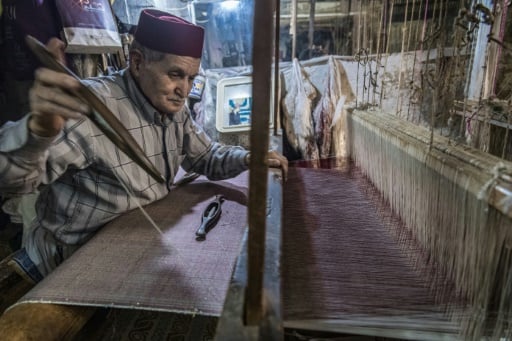
[ad_1]
Abdelkader Ouazzani, the last master weaver of brocade in Morocco, repeats for 63 years the same gestures in his dilapidated studio located in the heart of the old city of Fez.
"This job is disappearing … There were a lot of craftsmen in Fez, but they are all dead and there are only memories left," says the 79 year old weaver, last witness of a bygone era.
His skillful hands intricately create shimmering silk fabrics, enhanced with gold or silver thread, for bridal jewelry, designer creations or upscale furniture.
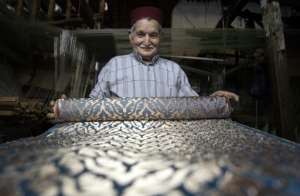
His whole body engages in delicate work, using a complex pulling mechanism consisting of a large wooden frame topped with beams, rafters, blades, pulleys and counterweights.
His feet rest on the wooden pedals, his shoulders are bent forward, his arms separate at each launch of the wooden shuttle.
"Everything is a question of calculation, each thread follows its path: it's like mathematics," says the old man.
He is unobtrusive about the "rules of the art" that he learned a long time ago in his youth, when, he says, "there were no industrial machines" to make work.
Ancestral know-how
His work is both physical and meticulous: it takes a whole day to weave a meter of brocade.
"Not everybody has the right to see that, it's very special, it's the last man who worked like that," says a tour guide who led a group of Thai tourists here.
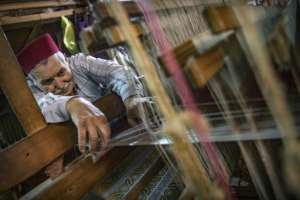
They go on the recommendation of the wife of the president of a large Moroccan bank, herself a customer of the workshop.
An article in the historical newspaper "Hesperis", published in 1950 by the Institut des Hautes Etudes Marocaines, describes the weaving of Fez brocades as a tradition "disappeared everywhere else in North Africa".
He said that the ancestral know-how had its roots in the era of the 13th century Merinid Sultans.
"In the 1950s, there were still four or five workshops," says Mohamed Akhda, the guide in charge of Thai guests.
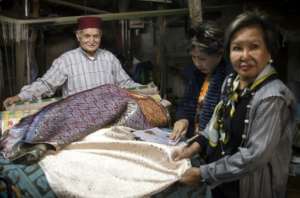
"You are now in the last left of the country."
Ouazzani says that he can not find a young apprentice to take over his studio.
"People do not want to learn this job anymore," he says. "Nobody cares about it."
"The future of this fine craft is now threatened," confirms a new sign affixed by the tourism office outside the workshop, calling Ouazzani "undisputed master of craftsmanship" .
Elite Elite & # 39;
As fashion has changed, the wide colored belts that for centuries had been the pride of the master weavers of Fez have gradually stopped selling.
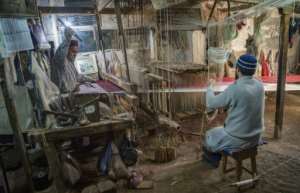
In the era of globalization, the last blow has been competition on an industrial scale. In Fez, as elsewhere, some souvenir shops are now selling low-end, machine-woven products in China.
Ouazzani, on the other hand, works on commission for a clientele that he describes as "the elite elite".
His rare fabrics cost up to 5,000 dirhams per meter (about 500 euros), depending on the complexity of the patterns.
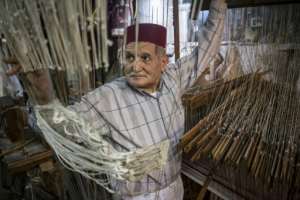
A digital tablet with which he shows images of his finest pieces – and his grandchildren – is the only modern object in his studio that is also full of antique furniture.
On the high walls of the dark room hang framed diplomas and faded pages of fashion magazines.
The master hides his most valuable "treasures" in a small wooden cabinet protected by a dusty tablecloth.
With an expansive gesture, he unveils his "catalog", a roll of 16-meter-long fabric with motifs ranging from Hispano-Moorish tradition to oriental art or to European designs.
"This one, I made it for Colette," said the weaver, showing a picture of a caftan with a purple geometric pattern on a black background.
His pride and joy, the exquisite work was displayed in the window of the famous French shop that until its closure in 2017 was one of the most popular addresses of Paris chic.
Source link